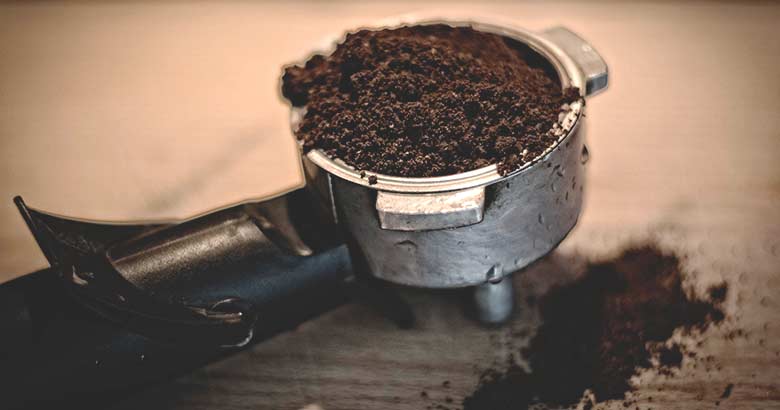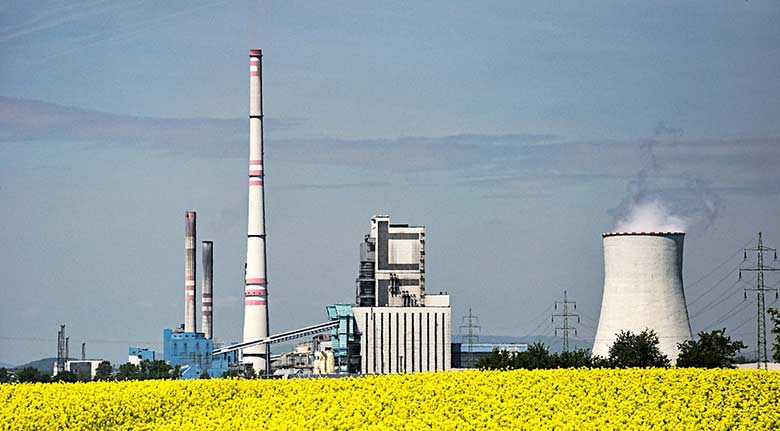Used coffee grounds could be used for biofuel

Despite what Donald Trump might think, there is a real problem with climate change, which has been exacerbated by our burning of fossil fuels to produce energy.
Future Americano, cappuccino and latte drinkers could help produce the raw materials for a much greener biofuel than is currently available, and help reduce our over-reliance on fossil fuels to power our day-to-day lives.
Used coffee grounds could be utilised as they offer a high calorific value, are low cost and tend to be dumped in landfill sites across the country.
Researchers at Lancaster University hope that we can access the nine million tonnes of spent coffee grounds, and with a process, they have pioneered, significantly improve the biofuel potential of the waste left after we have made our favourite drink.
The idea that our used coffee can help us keep the power on might be far-fetched, but this is already becoming a reality for a small very small number of businesses that have already embraced the idea of using spent coffee to give them access to electricity.
Chemical engineers have managed to turn a complex multi-step process into one (still reasonably complex) step that is known as in-situ-transesterification.
By combining extracted oils from the spent coffee grounds and the conversion of it into a coffee biodiesel, the University of Lancaster research team have improved the efficiency of the process whilst also making it a viable alternate biofuel creation process.

Used coffee grounds could help biofuel plants such as this create cleaner energy.
In the traditional process, manufacturers mix spent coffee grounds with hexane and cook the mixture at 60°C for between 1-2 hours. The hexane is then evaporated to leave behind the oils. Methanol and a catalyst is then added to make biodiesel and a glycerol by-product – which also needs separating.
Streamlining makes this much more cost effective and therefore a much more attractive biodiesel alternative for the millions who rely on biofuels for power generation.
Lancaster University researchers, led by Dr Vesna Najdanovic-Visak, found that the biofuel creation processes could be combined by using just methanol and a catalyst – removing the need for hexane altogether and saving on yet another chemical waste product.
In addition, they also discovered that the optimal time for the process was 10 minutes to gain the same yield of oils from the spent coffee grounds – a significant reduction in time needed and associated energy costs.
“Our method vastly reduces the time and cost needed to extract the oils for biofuel making spent coffee grounds a much more commercially competitive source of fuel,” said Dr Najdanovic-Visak, a lecturer within Lancaster University’s Engineering Department. “A huge amount of spent coffee grounds, which are currently just being dumped in
“A huge amount of spent coffee grounds, which are currently just being dumped in landfill, could now be used to bring significant environmental benefits over diesel from fossil fuel sources.”
Could we finally see the utilisation of up to 720,000 tonnes of spent coffee grounds as a biodiesel product? Time will tell, but a solid alternative could shake up the market and eventually lower our energy tariffs, whilst also providing a use for what has always been considered a coffee by-product.
